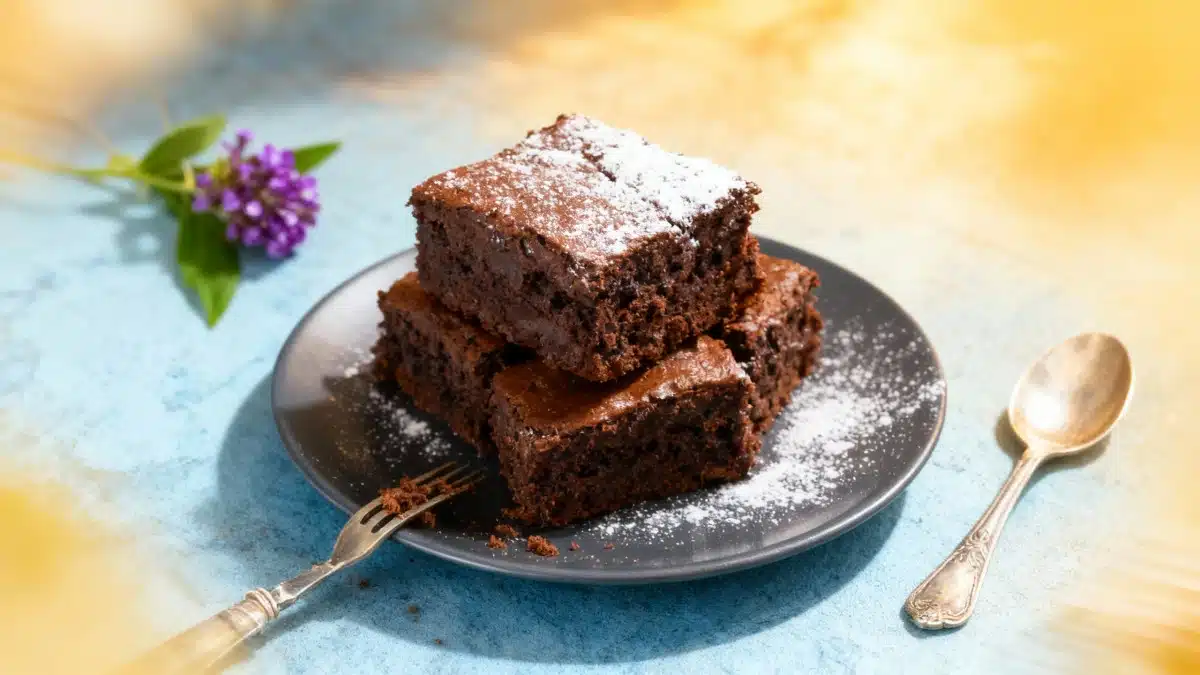You probably think you know how to defrost meat. Spoiler alert: almost everyone is making a risky, flavor-ruining mistake—often without the slightest hint (until it’s too late, and dinner takes an unexpected turn). Let’s set the record straight on this common freezer blunder that’s ruining your steak, chicken, and sausages, while potentially putting your health at risk!
The “Quick & Easy” Move That’s Actually a Culinary Trap
Ground beef patties, chicken legs, sausages—we all freeze meat when its use-by date is looming. The freezer can feel like a culinary safe haven. But all too often, that relief turns into disaster at defrosting time. Here’s the move: you take your precious frozen protein and, in the spirit of speed, leave it on the kitchen counter or run it under hot water. Maybe you think, « Why not? Let’s hurry this along! » But trying to win the race against time with your steak isn’t smart—it’s potentially dangerous.
People love saving time in the kitchen—fast and efficient is practically your mantra. But shaving off minutes often comes at a price, particularly with your favorite foods. Heating the oven to blast that cake quicker is a bad idea, and so is defrosting meat in hot water. Why? Because this shortcut opens the floodgates to bacteria, putting your health on the line. Tempted to thaw meat at room temperature? Bad idea. Need your answer to “how do I defrost meat fast?” Sit tight and absorb these safety-first tricks—say goodbye to those not-so-brilliant habits once and for all!
Why Thawing at Room Temperature (or in Hot Water) Is a Big Food Safety No-No
Let’s get it out in the open: defrosting meat at room temperature is not just frowned upon—it’s downright bad. This approach supercharges the growth of bacteria and nasty germs at warp speed. Warmth only makes things worse. Sorry, but that hot water bathing method? It needs to go the way of floppy disks and dial-up internet. This common error could lead to food contamination and, yes, an invitation for foodborne illnesses to crash your dinner party.
- Thawing on the counter = perfect atmosphere for bacteria to multiply.
- Using hot water = even riskier, faster bacteria growth, and increased health risks.
Bottom line: convenience can come with the unwanted side of food poisoning. If you’ve ever wondered which foods can be frozen safely, that’s a separate topic, but meat isn’t meant for this kind of mistreatment!
The Right Way: Slow & Steady to Save Taste, Texture, and Safety
Want to keep meat juicy and tender? You’ll need to embrace patience—meat should be defrosted slowly to preserve its full glory. The refrigerator is your ally here. Let meat defrost gently in the fridge, away from heat and ambient kitchen temperatures. Here’s how the timing works out:
- Small pieces (like a steak): 3 to 4 hours in the fridge does the trick.
- Larger cuts: Plan on 12 to 24 hours to protect all those delicious qualities.
If you’re using the microwave (because sometimes you need dinner on the table, fast), a few rules matter. Cook meat immediately after microwaving—don’t let it linger. And, above all, never refreeze cooked meat.
The Microwave: Quick But Not Perfect (Use With Know-How!)
Sometimes life throws a curveball and you need to defrost meat ASAP. Enter the microwave—a fast, mostly safe, but imperfect solution (if used correctly!). Ready for the play-by-play?
- Remove meat from its plastic packaging.
- Place it in a microwave-safe dish.
- Use the defrost setting (usually a snowflake symbol).
- Timing: about 8 to 10 minutes per 450 grams. Watch closely!
Yet, microwaves come with a catch: they’re only suitable for smaller and thinner pieces. If you throw in a giant slab of beef, only the outside risks defrosting, leaving the inside cold and solid as a rock. Quick, yes—but you lose lots of juice and flavor along the way. So, while your mealtime may arrive faster, your taste buds may stage a protest.
In summary, if you want to ensure tasty, safe, and juicy steaks, legs, or sausages, stick with the slow and steady fridge method whenever possible. If you must use the microwave, follow the rules (always cook immediately!). Most of all, give your meat the love—and time—it needs. Your next meal (and your stomach) will thank you!

John is a curious mind who loves to write about diverse topics. Passionate about sharing his thoughts and perspectives, he enjoys sparking conversations and encouraging discovery. For him, every subject is an invitation to discuss and learn.






